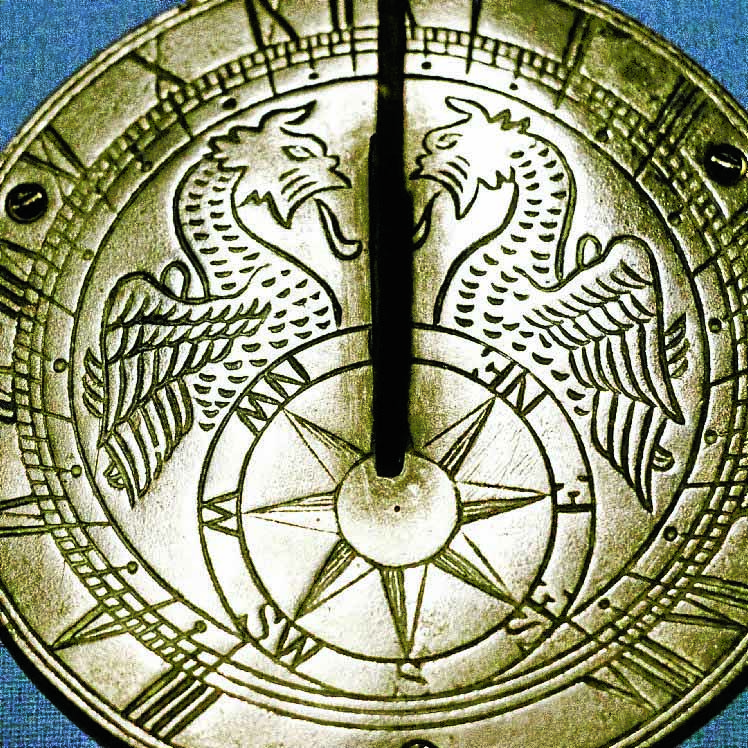THIS stunning sundial is on display in Dumfries Museum and is worth a look.
Sundials have a long history, with the oldest example dating back to Egyptian times.
They were invented for telling the time and work by projecting the sun’s image on a set of hour lines.
According to the History of Science Museum, they come in two forms: altitude dials which work on the sun’s angle above the horizon; and direction dials, which is based on the sun’s angle along its daily arc.
The museum website says: “In medieval and early modern Europe the sundial was by far the most commonly used instrument for determining the time. From the 16th to the 18th century the steady flow of books and manuals on sundials and their use produced by mathematicians, astronomers and instrument makers attests to the popularity of this instrument and the great variety in its design and construction. Even the development of the mechanical clock from the 14th century onwards by no means made the sundial obsolete, despite improvements in the second half of the 17th century with the introduction of the pendulum and the balance-spring. Until far into the 19th century, an accurate sundial was essential for regularly checking and adjusting the rate of mechanical timekeepers.”























